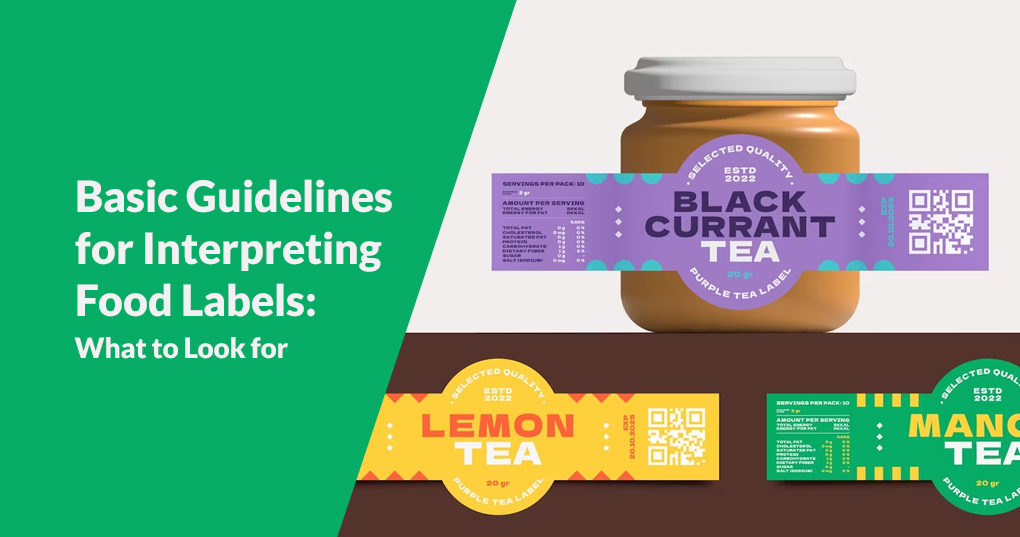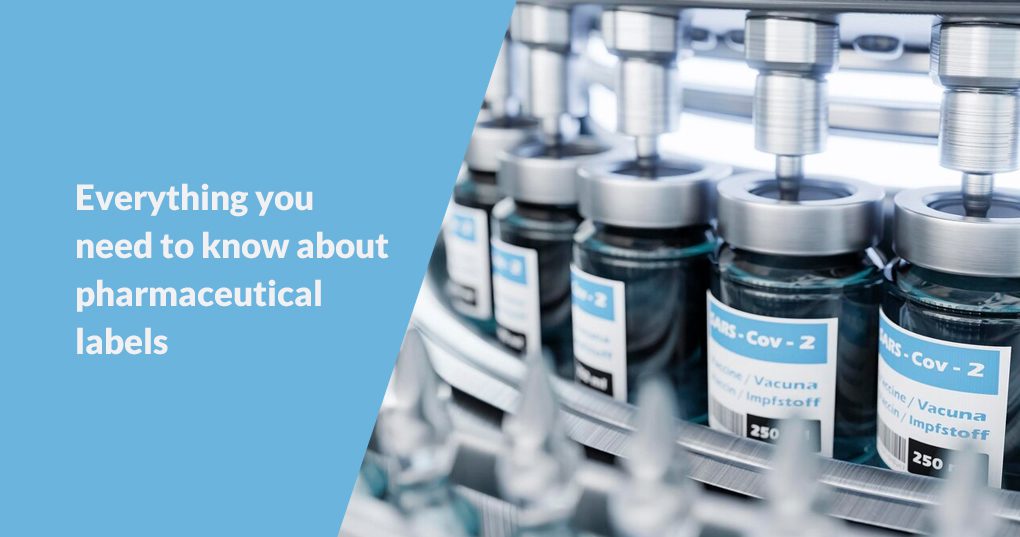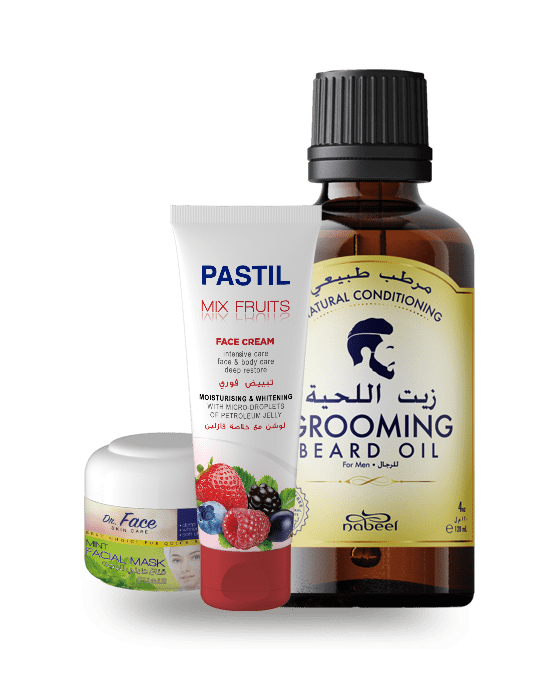
Reading and understanding food labels is an important part of making informed choices about the foods you buy and eat. With more and more focus on health, nutrition, and avoiding processed foods with artificial ingredients, knowing how to interpret food labels can go a long way in helping you choose better options. In this article, we provide some basic guidelines on key things to look for when checking custom food packaging labels. You’ll cover understanding serving sizes, identifying key nutrients like fats, sodium, and sugars, spotting artificial ingredients, decoding health claims, and more.
The serving size listed on a food package is important because it determines what the calorie and nutrient amounts stated represent. Food manufacturers often set serving sizes smaller than what people typically eat in order to make the nutritional profile appear lower and more appealing. So, while the calories, fat, sodium, etc. numbers may seem reasonable at a glance, you need to check what the manufacturer defines as a “serving size” and then multiply accordingly if you eat more.
For example, a small package may list 2.5 servings inside, even though most would eat the entire thing in one sitting. In that case, you’d need to multiply the stated sodium and saturated fat by 2.5 to know what you’re really consuming. Paying attention to serving sizes prevents you from underestimating calories, nutrients, and additives when portions exceed the labelling standard.
Next, check out the calories and macronutrient breakdown—meaning the amount of protein, fat, and carbohydrates. Recommended daily intakes differ for everyone based on age, gender, activity level, health status, and goals. But keeping an eye on this section can help guide appropriate portion sizes and ensure you get enough protein, fiber, and healthy fats while limiting unhealthy fats, added sugars, and sodium.
You’ll usually see breakdowns for several types of fat—including saturated, trans, and unsaturated. Saturated and trans fats raise cholesterol levels, so the American Heart Association recommends limiting daily intake. Try to avoid trans fats completely and consume less than 5 to 6 percent of your total calories from saturated fat. Better fats to include more of are monounsaturated and polyunsaturated. The ingredients list will tell you what types of oils and fats are used.
Naturally occurring sugars like lactose in dairy foods and fructose in fruits aren’t a huge concern. But foods with added sugars, syrups, and sweeteners add a lot of calories without nutritional benefits. They also make it easy to overindulge without feeling full. Check both the sugar content per serving and the ingredients list for specific sources that have been added. This includes everything from sucrose and dextrose to fruit juice concentrates.
Excess sodium consumption has been linked to high blood pressure, heart disease, stroke, and other health conditions. Current recommendations are to consume less than 2,300 milligrams per day. Checking food labels helps limit excess salt consumption from packaged, processed, and restaurant offerings. Especially watch out for frozen meals, canned goods, chips, salty snacks, dairy products, breads, deli meats, sauces, dressings, and condiments, as they often contain lots of added sodium.
Nutrient numbers tell part of the food story, but looking at ingredient lists reveals even more useful facts. Ingredients must be listed by quantity from most to least. So, the first few ingredients make up the majority. Look for products where the first ingredients are vegetables, fruits, whole grains, plant-based protein sources like beans or nuts, etc. Try to avoid foods where sugars, refined grains, or fats are predominant.
You can also spot sneaky additions like high fructose corn syrup, hydrogenated oils, MSG, food colouring, and a myriad of unpronounceable chemicals. While indicated serving sizes may seem reasonable calorically, lengthy ingredient lists filled with fake additives indicate a highly processed food. Ingredients you recognize can envision coming from plants or animals and could essentially be made from scratch typically signal better options.
Front label health claims like “good source of calcium” or “provides energy” sound appealing. However, specific guidelines dictate what wording manufacturers can use based on nutrient content. The phrasing doesn’t necessarily indicate an exceptionally healthy product overall. For example, the cereal touting protein may still be high in sugar. Claims around fat or sodium content can distract from other issues. So don’t let appealing buzz phrases overly influence your perception without deeper label analysis.
Reading and comparing several products of food packaging and labelling companies within a food category often prove informative. You might discover one brand of pasta sauce contains double the sodium as another or more vitamin C than others. Seeing the numbers and ingredients side-by-side makes differences quickly apparent. When brands compete for your purchase, make an informed decision based on nutrition label insight versus just what’s cleverly marketed.
The percent daily values section tells what proportion of recommended daily intake for key nutrients is contained per serving. Higher percentages indicate foods more densely packed with those nutrients. This allows quick identification of products providing higher amounts of vitamins, minerals, fiber. Percentages over 20 are considered high while 5 or less are low. This section makes comparing nutritional value simpler.
Health claims on labels aren’t always backed by solid science. Manufacturers latch onto nutrients trending in headlines as healthy, whether strong evidence exists or not. Claims may also emphasize a singular positive aspect of a poorly rated food, diverting attention from the downsides. Be wary of promotional verbiage that sounds too good to be true or focuses on obscure ingredients. Get familiar with current nutrition research to recognize what merits emphasis versus exaggerated hype.
Learning to quickly interpret key parts of food labels takes practice but soon becomes second nature. While choosing the best Food labels manufacturing company focuses on serving sizes, calories, macronutrients, sodium, added sugars, ingredient lists, health claims, and percent daily values, providing useful insight without getting overwhelmed by details. Comparing similar products while keeping marketing claims in perspective leads to optimal food choices. Making informed decisions empowers you to maximize nutrition for better health.

Labels and stickers are the most profound part of the logistics industry, as they have a huge impact on supply chain management.

Security stickers and labels come in different versions. It is used to seal a product to maintain its safety and authenticity. Th

The pharmaceuticals industry is rеsponsiblе for thе hеalth of millions of pеoplе. It plays a pivotal role in thе corrеct curе and thе wеll bеing of thе us�

Holograms require specialized technology and equipment to unlock. Counterfeiters tend to avoid products that are secured with hologram labels. They are technical and ha
